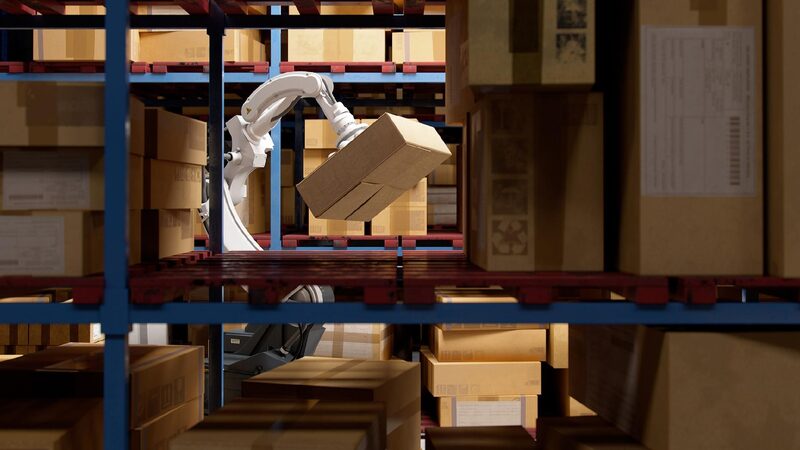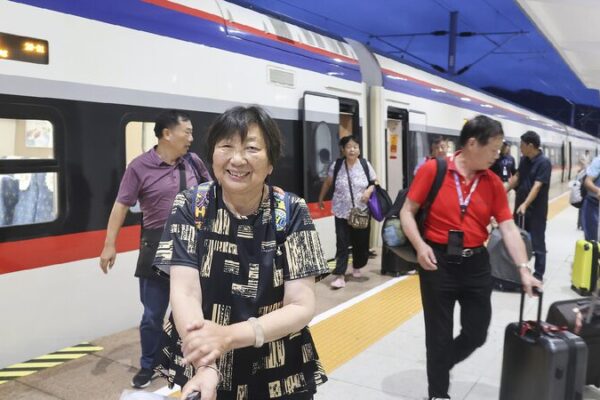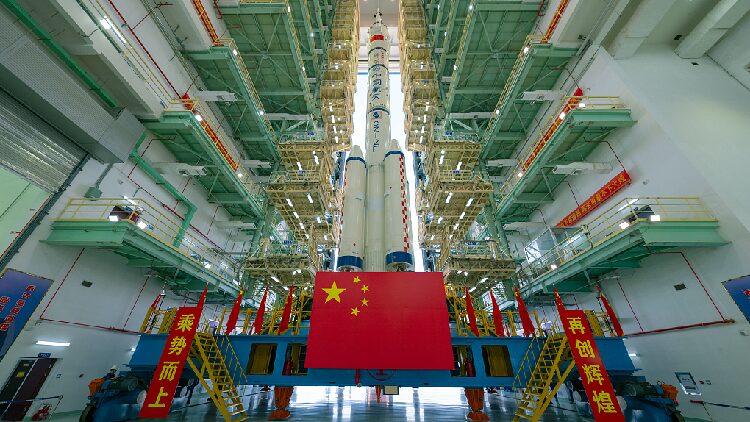China is gearing up to introduce the CR450, the world’s fastest high-speed train, into commercial operation. Capable of reaching speeds up to 450 kilometers per hour, the CR450 is currently undergoing rigorous testing and evaluations.
Engineers at China State Railway Group Co., Ltd. (China Railway) are meticulously overseeing the prototypes. They’ve installed sensors on the tracks that transmit real-time weight data for each of the eight wheels on both sides of every carriage. This precise monitoring ensures optimal performance and safety.
“While we’re reducing the weight, we must ensure that its strength doesn’t decrease,” said Chen Can, an associate researcher at the Locomotive and Vehicle Research Institute of the China Academy of Railway Sciences (CARS) Corporation Limited. “We even need to increase its strength because of the higher speed. It’s like someone trying to slim down while building muscle. This involves structural changes and material innovations.”
To minimize air resistance during high-speed operation, researchers have enclosed the entire bogie area underneath the train for the first time, overcoming challenges like resonance and heat dissipation. “Ensuring the smoothness of the entire train body minimizes resistance during operation,” explained Ha Dalei, a senior designer at the National Engineering Research Center of Rail Transportation of China Railway Rolling Stock Corporation (CRRC) Changchun Railway Vehicles Co., Ltd.
The CR450 prototypes have completed static and low-speed dynamic tests in traction, braking, and noise reduction. The next phase involves gradually increasing speeds during dynamic running tests.
China is currently the only country in the world with commercial high-speed rail operations running at 350 kilometers per hour. Now, the CR450 aims to push that limit even further. “Since 2018, our team has spent years validating the technical feasibility, determining top-level technical standards, and setting the technical route,” said Zhang Bo, director of the Locomotive and Vehicle Research Institute at CARS. “While a 50-kilometer-per-hour increase may seem small, overcoming the associated challenges is significant.”
The focus isn’t just on speed but also on safety, energy efficiency, and environmental impact. Efforts to reduce drag and energy consumption have resulted in a 22 percent reduction in resistance, thanks to technological measures and aerodynamic improvements.
“The speed of high-speed trains is not just a technical issue but also an economic one,” Zhang noted. “It’s essential to balance higher speeds with environmental considerations. However, speed remains the most representative indicator of high-speed rail performance.”
Reference(s):
Prototypes of China's new CR450 high-speed train undergo testing
cgtn.com








